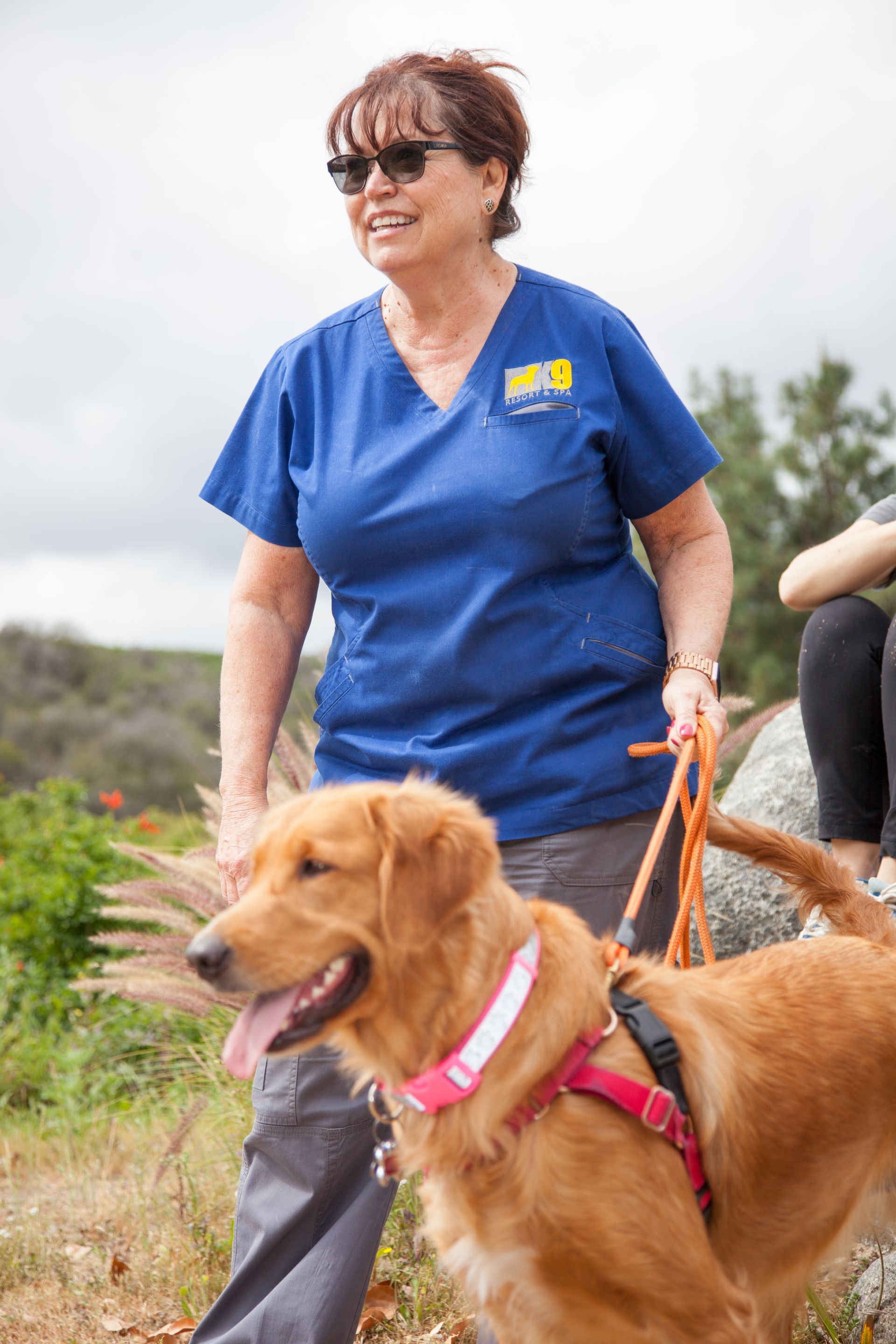Experienced dog trainers, shelter staff, and pet care providers should be able to readily understand the material covered in this training programming and use it to help dogs gain a healthy sense of danger when they encounter snakes of all species.
If you are not a seasoned dog trainer, but still want to work with your dog on force free snake avoidance training, this course will be very helpful to you as well. However, if you have any safety concerns or any difficulty understanding the material contained in this course I recommend that you seek out a force free professional dog trainer in your area to assist you.
For additional help and information, you are also welcome to join our Force Free Snake Avoidance Facebook Group (https://www.facebook.com/groups/forcefreetraining
If you are not a seasoned dog trainer, but still want to work with your dog on force free snake avoidance training, this course will be very helpful to you as well. However, if you have any safety concerns or any difficulty understanding the material contained in this course I recommend that you seek out a force free professional dog trainer in your area to assist you.
For additional help and information, you are also welcome to join our Force Free Snake Avoidance Facebook Group (https://www.facebook.com/groups/forcefreetraining
What is Force Free K9 Snake Avoidance Training?
Course Interviews with top Snake experts in their field
Dr Karen Seibond, DVM DACVECCDVM
Dr.Karen Seibold, DVM, DACVECCDVM, was so kind to take time out of her hectic schedule and provided me with answers I had on the treatment of venomous snake bites for this book. Dr. Seibold, the owner of Animal Urgent Care, established in 1996 in Escondido, CA., lectures locally and nationally on the diagnosis and treatment of envenomations in dogs and cats. She is a Board Member for Venom Week (human toxicology group) and a 1998 Diplomat American College of Veterinary and Critical Care.
Dr Michael Schaer DVM
One website reports that 15,000 dogs and cats suffer from snakebites each year; others suggest more. In my research to find the statistics on the number of dogs bitten by snakes each year, I discovered much conflicting information. Dr Michael Schaer DVM answered my questions best.
Tom Derr
I had the privilege of having coffee with Tom and his beautiful wife. Tom has over 20 years of experience working with and handling rattlesnakes and snakes of all breeds. Tom's business, Tom's Snakes and Rattlesnake Rescue, located in the Mira Mesa area of San Diego, California, is known to locals as the place to call if an unwanted snake wanders into backyards, homes, or any space it is not welcome. Tom does not advocate killing any snake, including Rattlesnakes; instead, he removes the snake from the unwanted location.

Hi, everyone. I have been teaching Force Free snake avoidance classes at my training facility in California for over seven years, and have been invited to teach dog training professionals in other cities around the nation as well as other country's.
My program has been featured on Victoria Stilwell’s website, star of Animal Planet's hit TV series. It's Me or the Dog, https://positively.com/contributors/snake-avoidance-making-wise-choices/ and published in the San Diego Union-Tribune http://www.dogpsychologistoncall.com/ut-pet-school-snake-avoidance/
In addition to my Force Free snake avoidance program, my dog training techniques have been published in The American Kennel Club's Train Your Puppy Right, By American Kennel Club and guest speaker on Pet World Radio Segment https://petworldinsider.com/tag/penny-diloreto/
My program has been featured on Victoria Stilwell’s website, star of Animal Planet's hit TV series. It's Me or the Dog, https://positively.com/contributors/snake-avoidance-making-wise-choices/ and published in the San Diego Union-Tribune http://www.dogpsychologistoncall.com/ut-pet-school-snake-avoidance/
In addition to my Force Free snake avoidance program, my dog training techniques have been published in The American Kennel Club's Train Your Puppy Right, By American Kennel Club and guest speaker on Pet World Radio Segment https://petworldinsider.com/tag/penny-diloreto/

